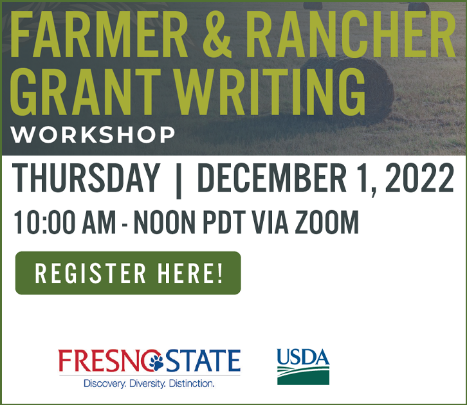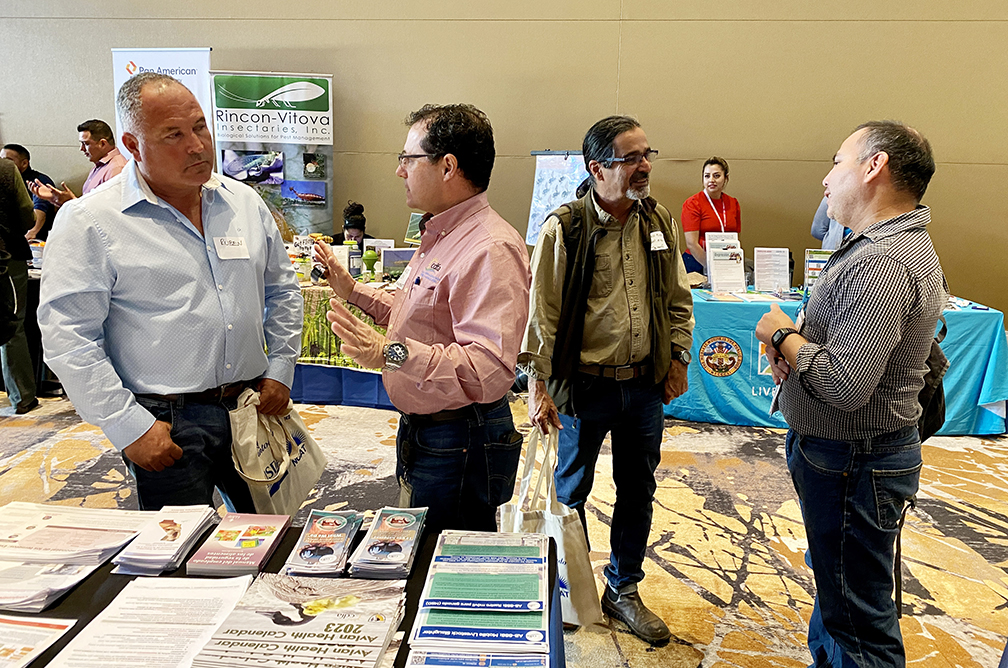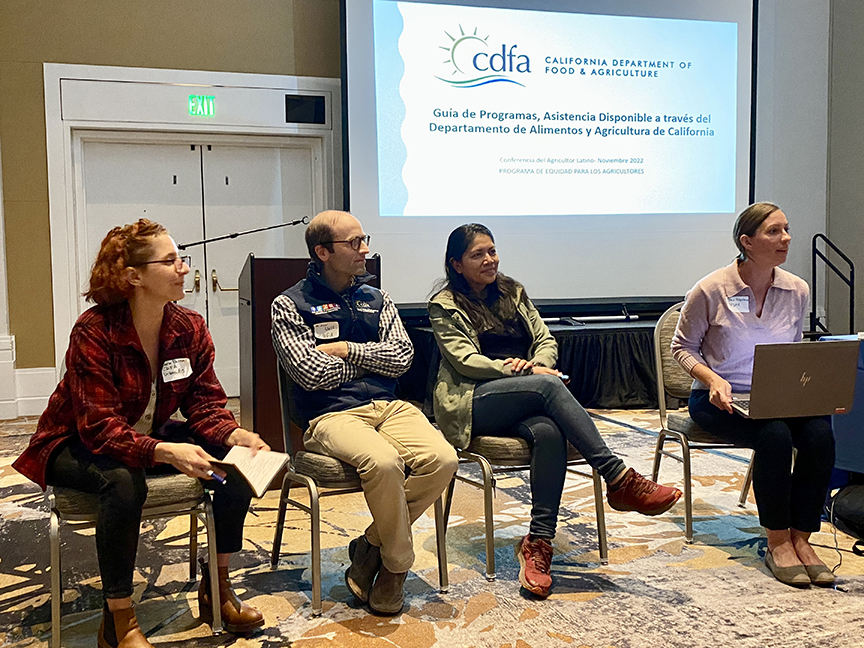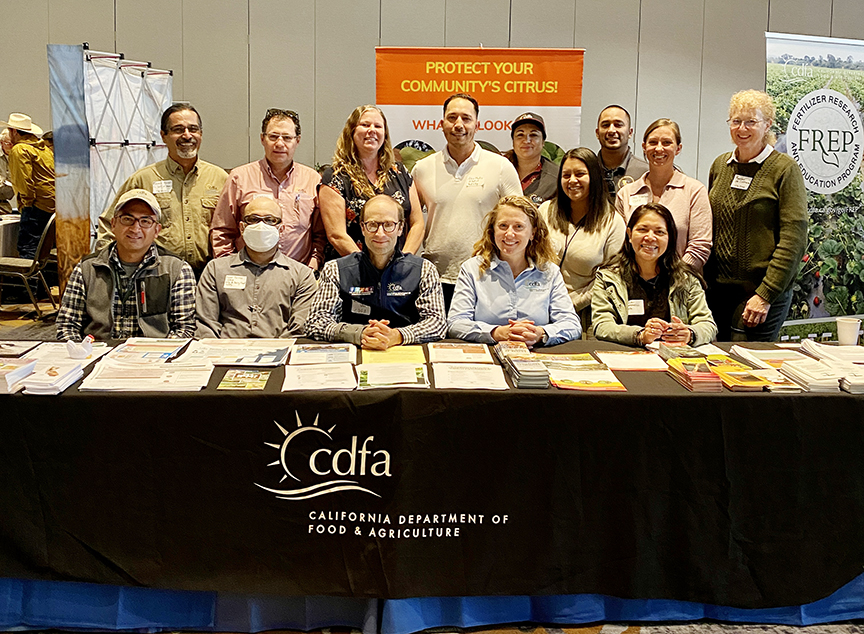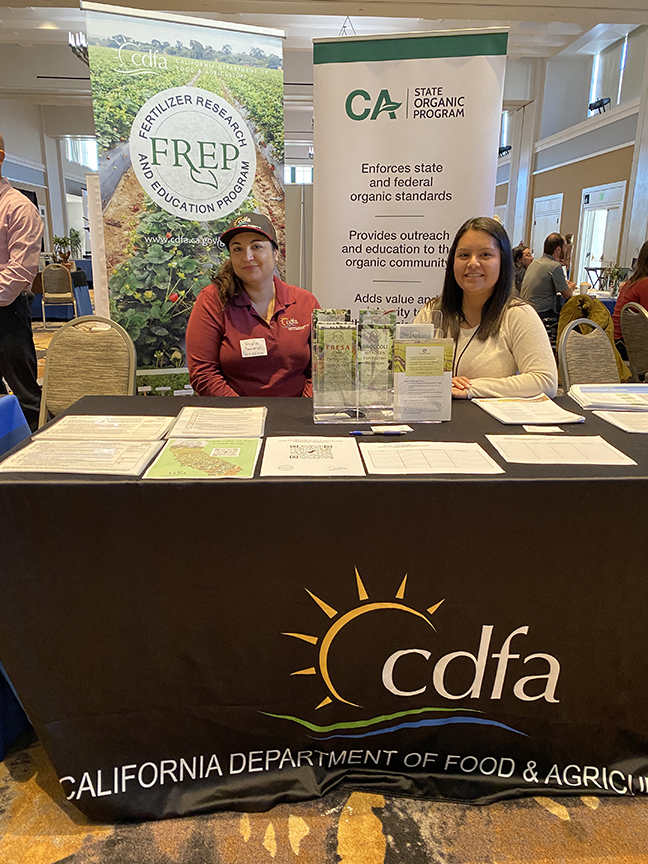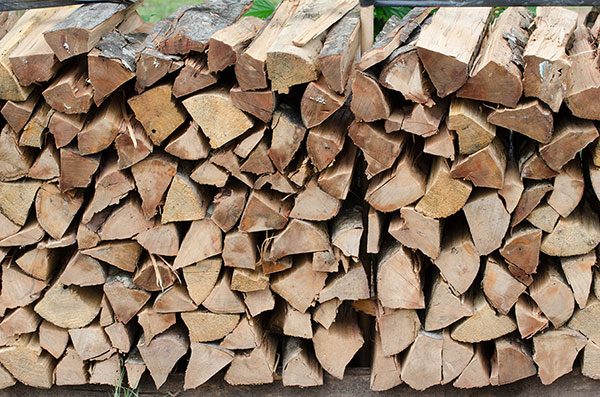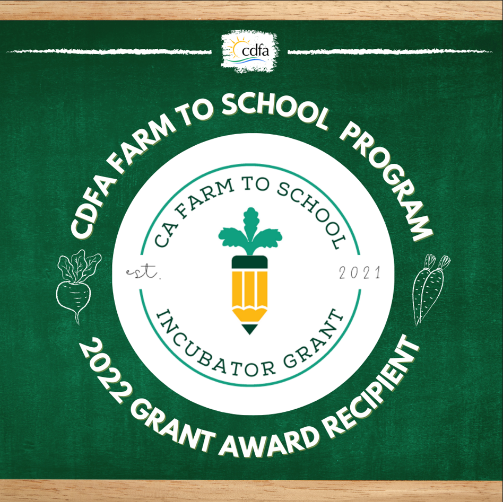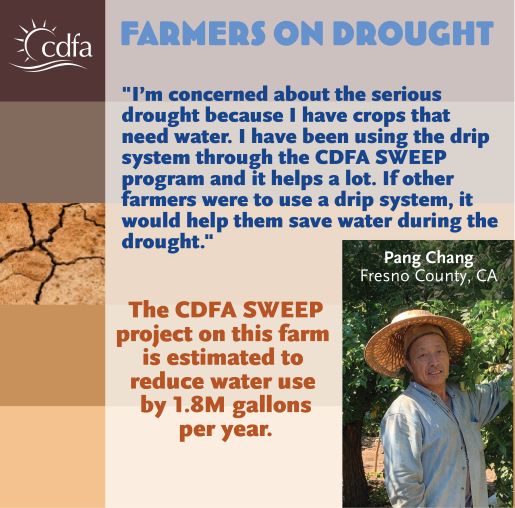Estimated $2 billion in GDP and 19,414 jobs lost to drought in 2022
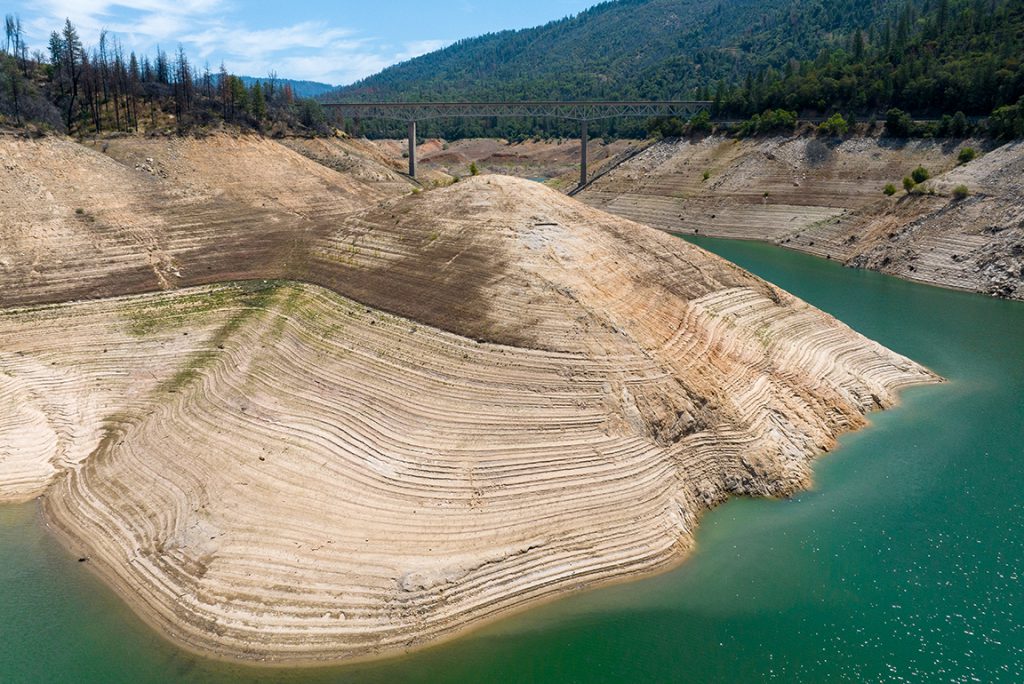
Any way you look at it – precipitation, temperature, the amount of stored water available – the past three years have been the driest period on record, and one of the hottest, with roughly 68% of the 20th century average precipitation. Researchers estimate that in 2022 alone, California’s agriculture and food processing industry has lost 19,414 jobs and $2 billion in value added (Gross Domestic Product or GDP) due to the ongoing drought.
This data comes from the research report “Economic Impacts of the 2020-2022 Drought on California Agriculture” issued today by the University of California, Merced and funded by a grant from the California Department of Food and Agriculture.
The report also shows how the impacts of climate change have worsened the effects of this drought by increasing the evaporative demand from vegetation by 3-5 inches. That means the gap between the water we need and the water we have is even wider than in previous droughts – and not just for agriculture, but also for ecosystems and communities across the board.
The results of this research also confirm the importance of California’s comprehensive slate of actions taken in response to this and previous droughts, and given the new, hotter and drier “normal” brought about by climate change. Those actions, ranging from modernizing water management to accelerating water supply projects to adopting emergency water conservation measures, are detailed at https://drought.ca.gov/state-drought-response/.
The Newsom Administration announced its water strategy in August with a document called “California’s Water Supply Strategy, Adapting to a Hotter, Drier Future.” The strategy calls for investing in new sources of water supply, accelerating projects and modernizing how the state manages water through new technology.
Over the last three years, at the urging of the Governor, state leaders have earmarked more than $8 billion to modernize water infrastructure and management. The historic three-year, $5.2 billion investment in California water systems enacted in 2021-22 has enabled emergency drought response, improved water conservation to stretch water supplies, and enabled scores of local drought resilience projects. The 2022-23 budget includes an additional $2.8 billion for drought relief to hard-hit communities, water conservation, environmental protection for fish and wildlife, and long-term drought resilience projects.
The Report
The Central Valley’s net water shortage increased from 1.8 million acre-feet (MAF) in 2021 to 2.6 MAF in 2022. Compounding effects of the 2020 and 2021 water years also worsened water supply conditions in the Sacramento Valley, where the shortage doubled in 2022 (1.5 MAF) compared to 2021 (0.76 MAF). Some places in the San Joaquin Valley saw slight relief due to some recovery in reservoir water storage from 2022 winter rains, but deficit conditions remain the norm.
Impacts on our farms and ranches vary widely by region, and adaptations undertaken by our farmers and ranchers included crop shifting and idling land. Some crops, such as rice and other field and grain crops, showed extensive fallow land from project water allocations, or curtailments. In some cases, water transfers and planting insurance provided some relief and made it possible to keep higher-value commodities in some areas in the Central Valley. Areas outside the Central Valley experienced some fallowing, but yield losses in vines and some vegetable farms were due to dry and warm conditions.
There is no getting around the fact that California remains in an extended, severe drought, and severe consequences including fallowed land and shifted crops continue to put farms, farmers, workers and downstream industries in jeopardy. The food processing sector often receives less attention during droughts, but this report estimates the cascade effects of decreased production of some crops, with direct impact losses of $845 million in GDP (and $3.5 billion in gross revenues) estimated for 2022 in the Central Valley, with a decrease of nearly 7,400 jobs.
Idle Land
An additional 752,000 acres of California farmland has been idled in the 2022 dry year. 563,000 acres were idled in 2021, and an additional 190,000 acres in 2022. The Central Valley accounts for 695,000 of the total.
Farm Losses
Losses in revenue to California farms and ranches are estimated at $1.3 billion for 2021 and $1.7 billion for 2022 (using 2019 as the most recent non-drought baseline). The largest proportion of these losses is in the Central Valley due to drought-idled land. Other agricultural regions suffered losses from fallowing, and also from yield losses due to excessively dry and warm conditions. The severity and duration of temperature extremes – hallmark effects of climate change – worsened these losses.
Farms are by no means the only victims of this drought, or of the climate change factors that are worsening it. Our communities that rely on both permanent and seasonal jobs in agriculture are especially vulnerable in these extended drought conditions. Water access and water quality may be the obvious impacts of drought in these communities – but the longer this or any future drought endures, the broader and more severe the social, economic and health impacts will be as well.
Innovation has always been an important element of California’s reputation for global agricultural leadership, and our reliance on science and creative solutions will be even more important as we face drought in the years to come. By supporting this research, and through a broad slate of related efforts, CDFA and California’s agricultural community are working to identify, quantify, and combat the effects of this drought and help California become more resilient in preparation for the future droughts that experience tells us are certainly coming.



